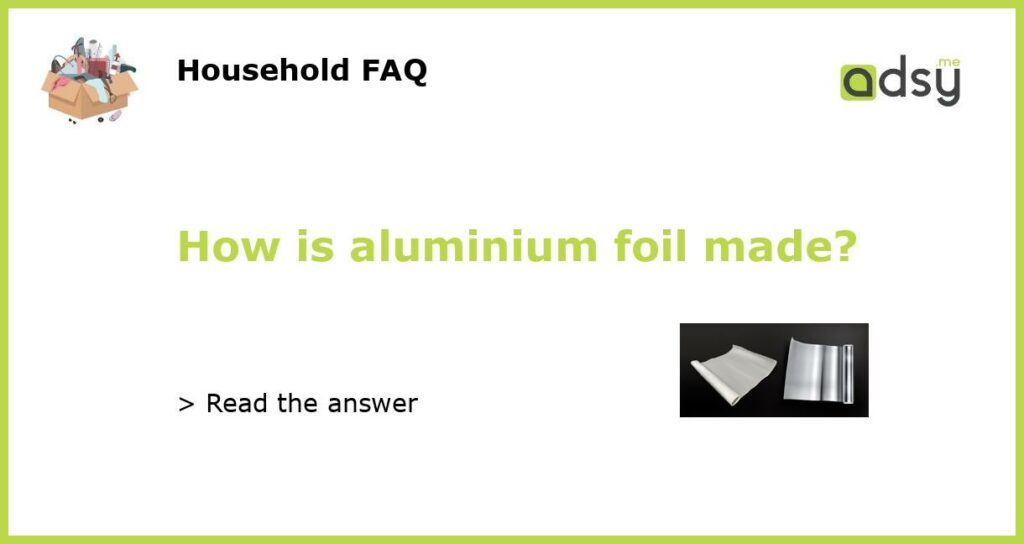What is Aluminium Foil?
Aluminium foil is a thin sheet of metal and is used for packaging, cooking, and insulation purposes. It is made from highly malleable and ductile metal, aluminium, which is abundant, lightweight, and has excellent corrosion resistance.
How is Aluminium Foil Made?
Aluminium foil is made by rolling a solid block of aluminium repeatedly between two thin sheets of steel. The rolling process reduces the thickness of the metal until it is as thin as 0.006mm.
The Four Stages of Aluminium Foil Production
The four stages of aluminium foil production are casting, rolling, annealing, and slitting. The first stage involves the production of aluminium ingots, which are then heated in a furnace until they melt. The molten metal is poured into a mold, where it solidifies into a rectangular shape. This is then cut into sheets and sent to the rolling mills for the next stage, which involves passing the sheets through a set of rollers to reduce their thickness.
Annealing and Slitting
The third stage, annealing, involves heating the metal sheets to a high temperature to soften them and make them more malleable. This is followed by the last stage, slitting, where the sheets are cut into the required width and length for packaging or other purposes.
Aluminium foil is an essential part of our daily lives, used in packaging, cooking, and various industries. Its manufacturing process involves several stages, including casting, rolling, annealing, and slitting, to achieve the desired thickness and shape. Even though it is a thin and lightweight material, aluminium foil has excellent strength and durability, making it a popular choice for a wide range of applications.




![QBL® [ Pack of 2 ] Premium Quality Aluminium Kitchen Catering Tin Foil Roll 300mm x 12m [12'] for Restaurants Keep Food Fresh & Hot Long Time,*Packaging May Vary*](https://m.media-amazon.com/images/I/41ueGk2jjyL.jpg)

